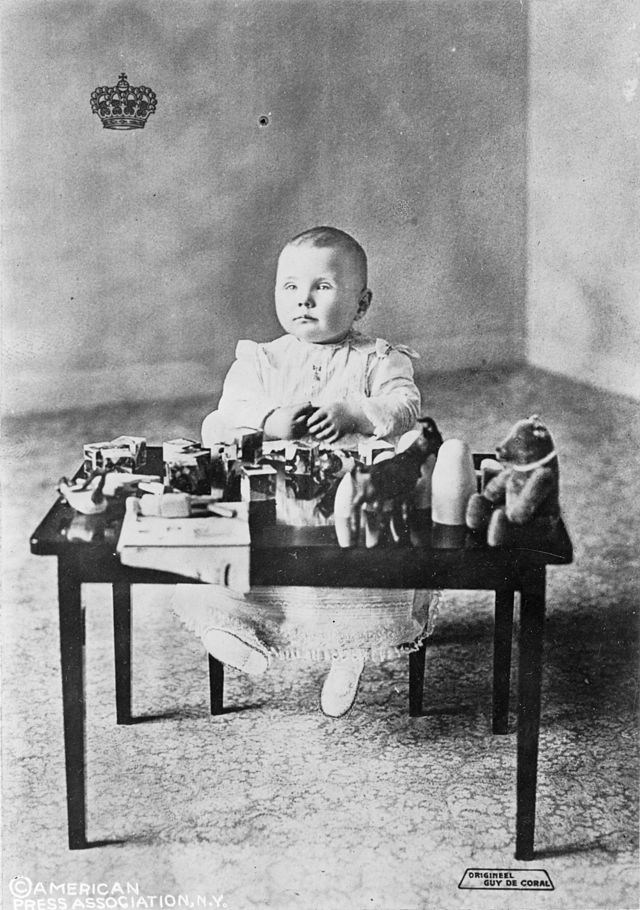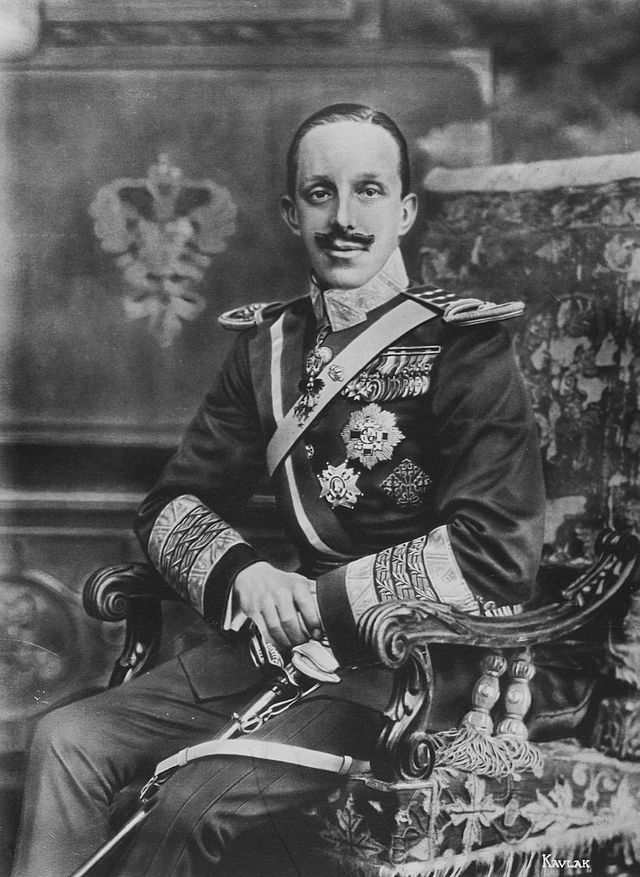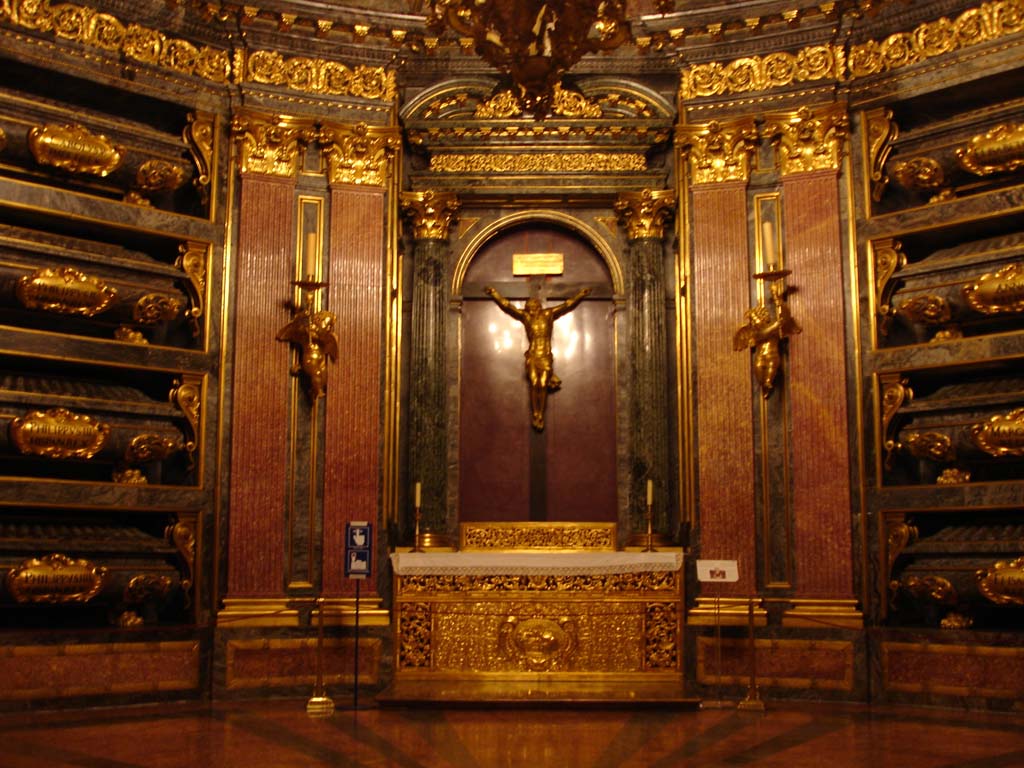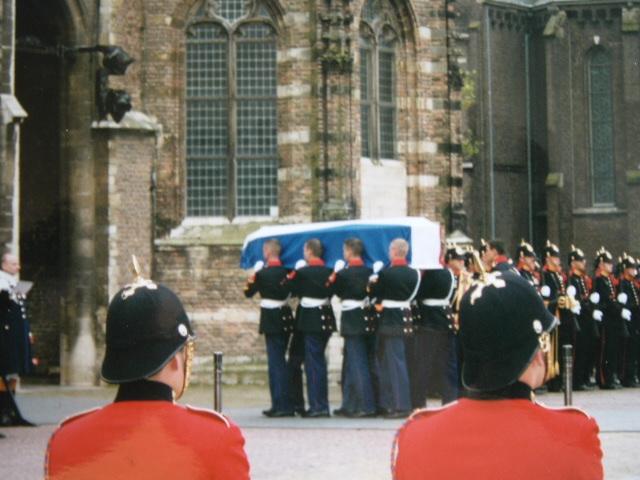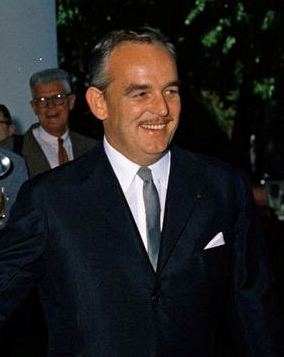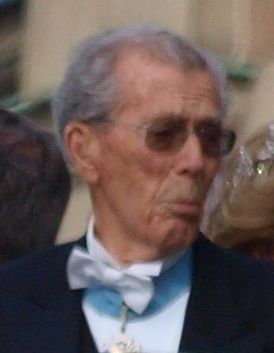by Susan Flantzer
- Not a Lord, but a Lady
- Timeline: February 1, 1915 – February 28, 1915
- A Note about German Titles
- Royals/Nobles/Peers Who Died in Action
While researching the background of a son of a peer who died in February of 1915, I was perplexed because I could not find out what peerage his father had held. I thought there had been an error, but then I looked more closely at his mother, and sure enough, she was the peer. Most titles have traditionally been created for men with remainder to male heirs. However, some titles are created with special remainders to allow women to inherit them, and these women are peeresses in their own right. Eveleen Smith-Gray, 19th Lady Gray (1841–1918) was the mother of Henry Campbell-Gray, killed in action in February of 1915. Lord/Lady Gray is an old Scottish barony and most Scottish baronies, along with many old English baronies, allow the peerage to pass to the “heirs general,” so females can inherit them.
Lord Gray is a title in the Peerage of Scotland and was created in 1445 for the Scottish diplomat and politician Sir Andrew Gray (c. 1390–1469), who served three Kings of Scotland, James I, James II, and James III.
The Master of Gray trilogy by Nigel Tranter are historical novels based upon the life of Patrick Gray, 6th Lord Gray, a political schemer and diplomat during the reign of the young King James VI of Scotland (later King James I of England).
There have been four female holders of the barony:
Madelina Gray, 16th Lady Gray (1799–1869)
Margaret Murray, 17th Lady Gray (1821–1878)
Eveleen Smith-Gray, 19th Lady Gray (1841–1918)
Ethel Eveleen Gray-Campbell, 21st Lady Gray (1866–1946)
Wikipedia: List of Lord/Lady Gray titleholders
*********************************************************
Timeline: February 1, 1915 – February 28, 1915
- February 4 – Germany begins unrestricted submarine warfare against merchant vessels
- February 7–22 – Second Battle of the Masurian Lakes in East Prussia, Germany (present-day Poland), Russian Army is defeated
- February 19 – British and French naval attack on the Dardanelles, the Gallipoli Campaign begins
*********************************************************
Most of the royals who died in action during World War I were German. The German Empire consisted of 27 constituent states, most of them ruled by royal families. Scroll down to German Empire here to see what constituent states made up the German Empire. The constituent states retained their own governments, but had limited sovereignty. Some had their own armies, but the military forces of the smaller ones were put under Prussian control. In wartime, armies of all the constituent states would be controlled by the Prussian Army and the combined forces were known as the Imperial German Army. German titles may be used in Royals Who Died In Action below. Refer to Unofficial Royalty: Glossary of German Noble and Royal Titles.
24 British peers were also killed in World War I and they will be included in the list of those who died in action. In addition, more than 100 sons of peers also lost their lives, and those that can be verified will also be included.
*********************************************************
February 1915 – Royals/Nobles/Peers Who Died In Action
The list is in chronological order and does contain some who would be considered noble instead of royal. The links in the last bullet for each person is that person’s genealogical information from Leo’s Genealogics Website or to The Peerage website. If a person has a Wikipedia page, their name will be linked to that page.
Thomas Knox, Viscount Northland
- only son of Uchter Knox, 5th Earl of Ranfurly and The Honorable Constance Caulfield
- born June 13, 1882
- married 1912 Hilda Susan Ellen Cooper, had issue
- killed in action on February 1, 1915, age 32
- http://www.thepeerage.com/p25216.htm#i252160
Francis Tyrrell
- son of William George Tyrrell, 1st and last Baron Tyrrell of Avon and Margaret Ann Urquhart, barony became extinct because both sons were killed in World War I
- born 1891
- unmarried
- died from wounds on February 15, 1915, age 23
- http://thepeerage.com/p47200.htm#i472000
Henry Campbell-Gray
- son of Ethel Eveleen Smith-Gray, 21st Lady Gray and Henry Tufnell Gray-Campbell
- born 1896
- unmarried
- killed in action at Ypres, Belgium on February 23, 1915, age 19
- http://www.thepeerage.com/p22027.htm#i220265
Graf Otto von Westarp
- son of Graf Rudolf von Westarp and Anna Jaques
- born September 1, 1885 in Blankensee, Germany
- unmarried
- killed in action at Le Mesnil, France on February 28, 1915, age 29
- http://www.genealogics.org/getperson.php?personID=I00208336&tree=LEO




